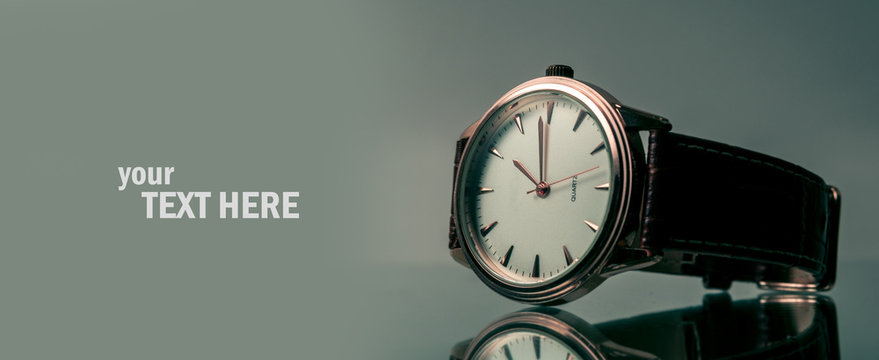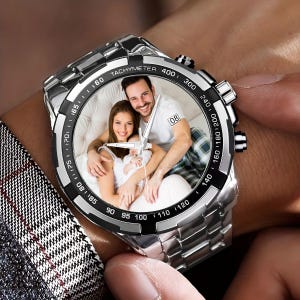Choosing the Perfect Watch: A Comprehensive Buying Guide
Selecting the right watch involves balancing personal style preferences with practical considerations such as lifestyle, budget, and intended use. The first step in choosing a watch is understanding your specific needs and how the timepiece will fit into your daily routine.
Consider your lifestyle when evaluating watch features. Active individuals might prioritize water resistance, shock resistance, and durable materials like titanium or ceramic. Business professionals often gravitate toward classic dress watches with clean dials and leather straps that complement formal attire. Sports enthusiasts may require specialized features such as chronographs, GMT functions, or diving bezels.
Budget considerations extend beyond the initial purchase price to include long-term ownership costs. Mechanical watches typically require servicing every 3-5 years, which can cost several hundred dollars for luxury brands. Factor in these maintenance costs when comparing different watch options, as they significantly impact the total cost of ownership over time.




